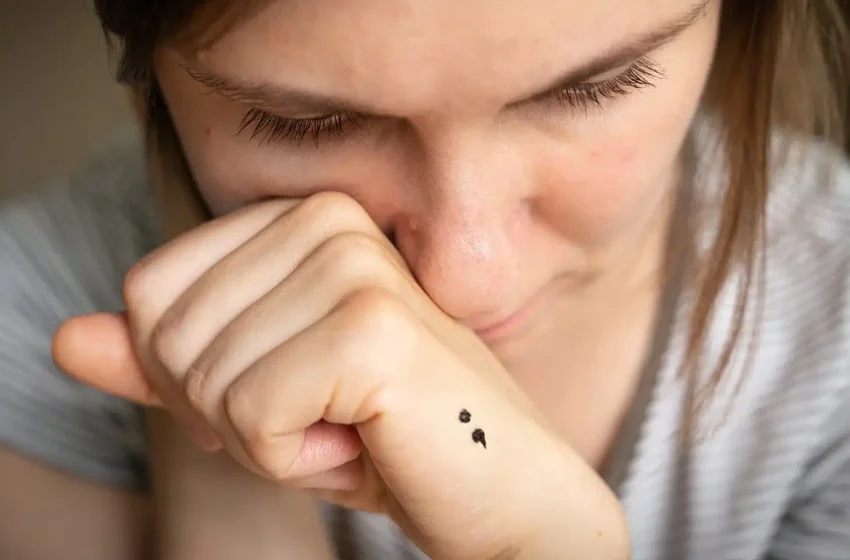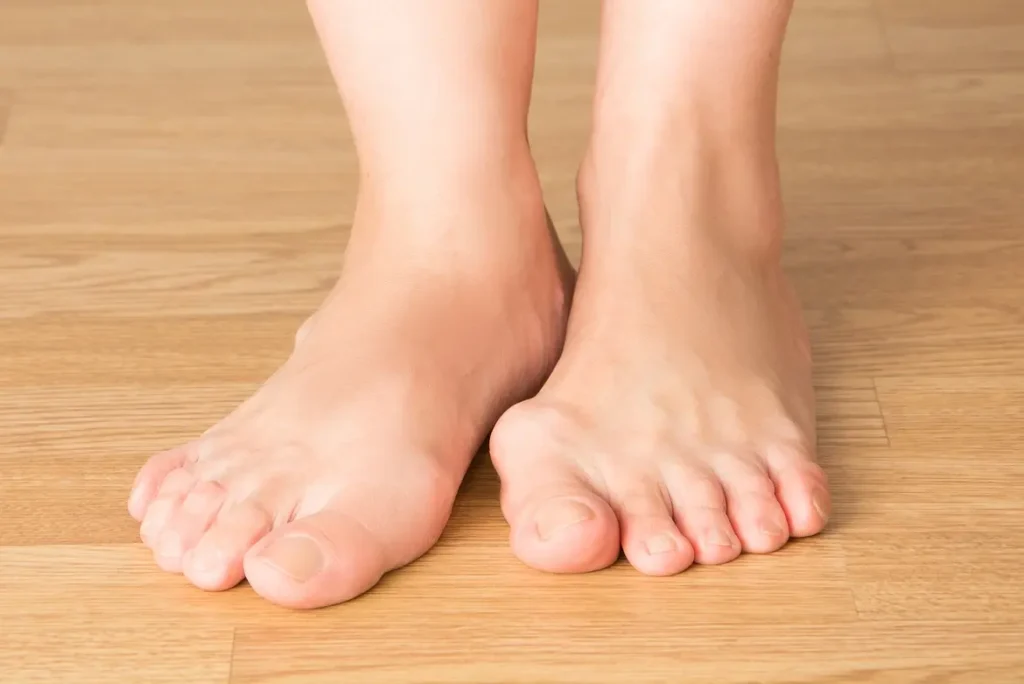The Weight of Symbols: Understanding Depressing Symbols

We are surrounded by symbols. They are the shorthand of our shared human experience, conveying complex ideas in a simple image or object. A heart means love. A dove means peace. But what about the symbols for the feelings we’d rather not discuss? The ones that carry the weight of sadness, loss, and melancholy? These are depressing symbols, and they are more powerful than we often realize.
This article isn’t about glorifying sadness. It’s about understanding the visual language of our inner struggles. By recognizing these symbols, whether in art, in life, or in our own minds, we can better articulate what we’re feeling and, perhaps, begin to lighten the load they carry.
The Universal Language of Melancholy
Certain images seem to transcend culture and time when it comes to representing sorrow. They are almost universally understood.
Think of the rainy window. It’s a classic scene in film and literature. The character looks out, and the world is blurred, distorted, and cold. The rain on the glass mirrors tears on a face, symbolizing isolation and a internal sadness that separates one from the outside world. It’s a quiet, contemplative symbol.
Then there are wilting flowers. A vibrant bloom represents life and beauty in its prime. A drooping flower, its petals falling, is a direct symbol of decay, loss, and the inevitable passage of time. It’s a reminder that all things must end, which can be a profound source of sadness for many.
Empty spaces—an unoccupied chair at a dinner table, a deserted playground, a long, empty road—are powerful depressing symbols. They scream of absence. They represent what once was and is no longer, making them potent triggers for feelings of grief and loneliness.
When the Body Bears the Weight: Physical Symbols
Our physical world isn’t the only place we find these symbols. Sometimes, our own bodies become living representations of internal states.
Consider depression dark circles eye. For many people experiencing prolonged sadness or fatigue, the evidence appears under their eyes. These dark circles can become a source of self-consciousness, a visible stamp of one’s internal struggle. They can feel like a public symbol of a private pain, making it hard to hide what you’re going through.
In a more mechanical sense, the term scapular depression refers to the downward movement of the shoulder blades. While it’s a clinical term for a physical action, it’s hard to ignore the metaphorical resonance. The slumped shoulders of a depressed posture are a physical symbol of carrying a heavy, invisible burden. The body literally moves inward and downward, mirroring the emotional descent.
The Chemistry of Feeling: Stimulant vs Depressant
Our understanding of mood isn’t just symbolic; it’s also chemical. This is where the comparison of stimulant vs depressant comes into play. It’s crucial to understand this distinction, as it clarifies the difference between a substance and a feeling.
A depressant vs stimulant comparison is about how substances affect our central nervous system. A stimulant, like caffeine, increases neural activity, often leading to heightened alertness and energy. A depressant, like a prescribed sedative, slows it down, inducing relaxation or calmness.
It’s vital to note that a clinical depressant is not the same as the feeling of depression. This is a common point of confusion. The substance is named for its physiological effect—depressing the nervous system—not for causing the emotional state of depression. Understanding this difference helps remove stigma and allows for a more precise conversation about both mental health and pharmacology.
Navigating the System: Recognition and Support
For those living with persistent and severe feelings, these symbols become a daily reality. The question often arises: is severe depression a disability? The answer is that it can be, if it significantly limits one’s ability to perform major life activities, including work.
This leads many to ask, can you get disability for depression? The process is complex and requires thorough medical documentation. A formal diagnosis is essential, often using standardized codes like adjustment disorder with depressed mood icd 10 or others from the International Classification of Diseases. This clinical coding is a modern, bureaucratic symbol—a shorthand that the medical and insurance systems use to understand and validate a person’s experience, proving that symbolism exists even in the most technical of languages.
Finding Light in the Imagery
If there are symbols for sadness, then there must also be symbols for hope and recovery. We often turn to words for this very purpose.
Inspirational quotes for depression and motivational phrases for depression act as verbal symbols. A phrase like “This too shall pass” is not just a sentence; it becomes a symbolic anchor. It represents the idea of impermanence and hope. People cling to these phrases, repeating them like mantras, because they symbolize a path forward and a reminder that they are not alone in their feelings. They are small, linguistic lights against a large, dark backdrop.
Reframing the Symbols
So, what do we do with this knowledge of depressing symbols? The goal isn’t to eliminate them from our lives. Sadness, grief, and melancholy are part of the human experience. Instead, we can learn to reframe them.
A wilting flower is not just a symbol of decay; it’s also a symbol of the beauty that existed and the cycle of life that continues. The rain that blurs the window also nourishes the earth. The dark circles under the eyes are not a badge of shame but a sign of survival, evidence of a battle being fought.
Understanding these symbols gives us a vocabulary for our pain. It allows us to say, “I feel like that empty room,” or “I feel the weight of that slumped posture.” And in articulating it, we take the first step in sharing our burden. We transform these symbols from isolating emblems into points of connection, allowing others to understand and offer support. By acknowledging the weight of these symbols, we can begin to lift it.


